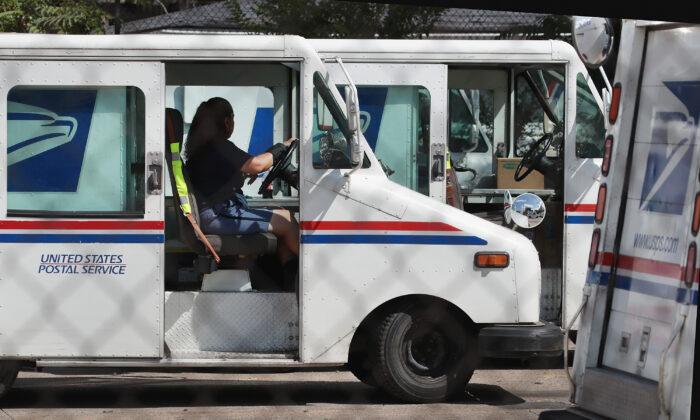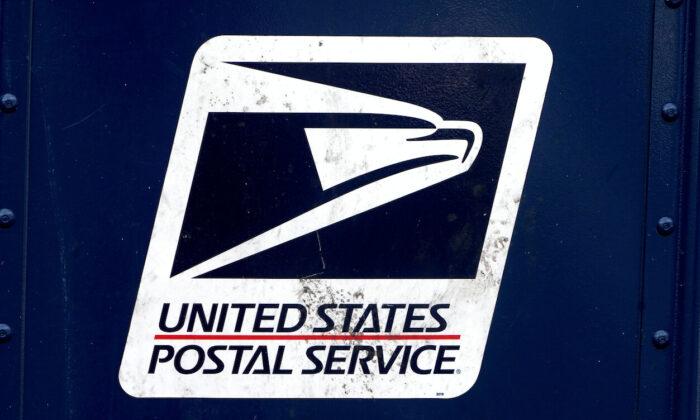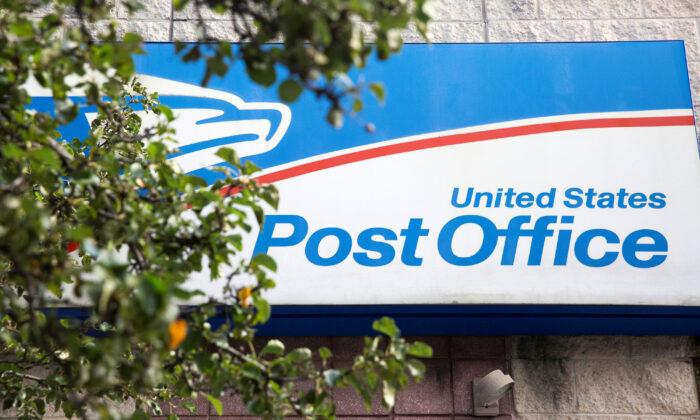However, the board shouldn’t seek more revenue by forcing USPS to raise rates on its package delivery customers. If done, this could cripple the growing e-commerce sector and probably wouldn’t actually bring in more revenue. In other words, USPS should consider more innovative methods so it can meet the many challenges that lie ahead.
In thinking and writing about postal issues for more than 20 years, I’ve come to conclude that right now the key to postal reform is getting the USPS to focus time, attention, and resources on using its ubiquitous national network for final mile delivery of mail and packages.
Revenues and volume for first-class mail continue to fall because most Americans now pay bills electronically rather than putting checks in the mail. Ditto for marketing mail and periodicals; we read more and see more ads online. The only bright spot for USPS is its package delivery service, which raked in $21.5 billion in 2018, up from $19.5 billion in 2017 and $17.4 billion in 2016. Package delivery revenues will soon surpass USPS revenues from first-class mail, its former cash cow.
This good news is the result of booming e-commerce. Amazon leads the way in online sellers that use USPS to deliver packages to your door, bringing in solid revenues to USPS. Because USPS competes with private carriers for package delivery, it is rightly required by law to charge prices that cover its direct costs for delivering those packages and a share of the overhead, or institutional costs. Currently, package delivery covers approximately 25 percent of USPS overhead.
But bizarrely, the Trump administration asserts that USPS loses money when it delivers e-commerce packages and should charge more. Board members can easily see why this is a terrible idea by looking out their windows to see more and more how packages actually make their way to their houses. This is called package delivery competition.
Moreover, FedEx announced that starting in 2020, it will offer home package deliveries seven days a week throughout much of the country. It will cut back on its current practice of dropping off most FedEx SmartPost packages at local post offices to be carried the last mile to the customer’s door, moving 2 million packages per day onto its own delivery trucks instead.
In fact, USPS package rates might already be too high, and raising them higher to bilk Amazon, eBay, and other e-commerce companies likely would mean less revenue for USPS as more packages would be sent via private carriers.
The USPS board needs to get serious and innovative about reform. Since 2000, USPS has cut its workforce from about 800,000 to about 500,000. However, labor costs and benefits are still a huge issue. Fortunately, work-sharing and contracting for sortation and transportation services have kept USPS from collapsing completely into insolvency.
USPS operates under a universal service mandate to deliver to every address, and carrying mail and packages the “last mile” to customer doors is the most efficient part of its operations. USPS could and should turn over or share more of its other operations with efficient private providers. Does it even make economic sense to employ USPS workers, other than letter carriers?
As the Board of Governors finally meets again, let’s hope it can be as innovative in coming up with real reforms as those other innovators who have been leading the e-commerce revolution.





